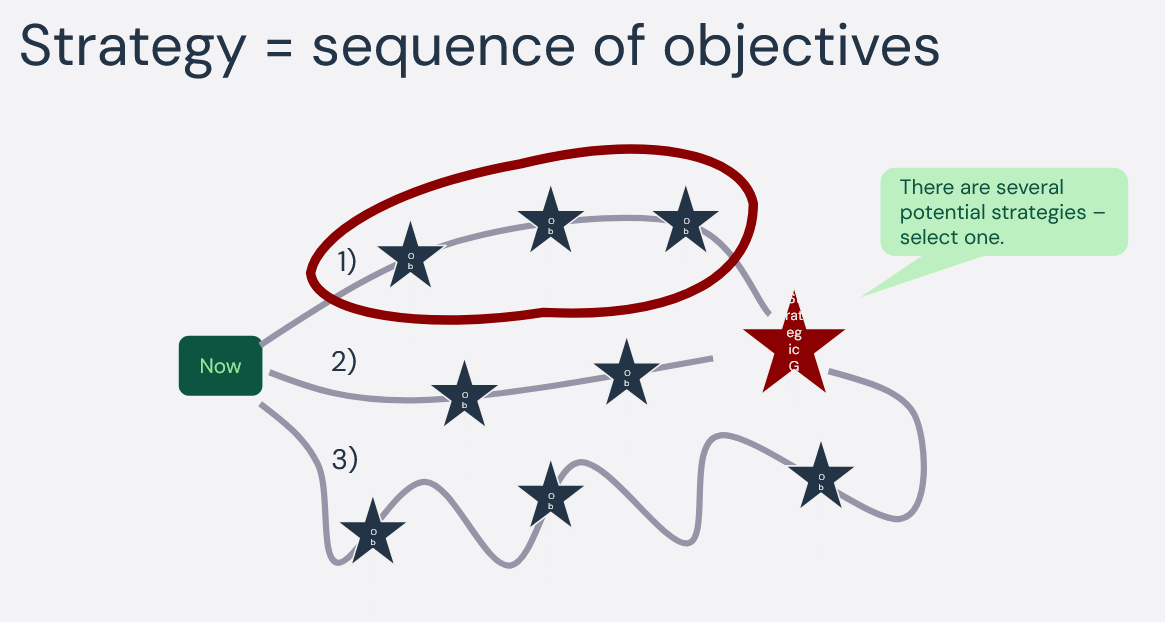This is the second part in the article series The Performing Organization. The series will explore and explain the organizational characteristics that Agile practices try to unlock. There will be Agile principles and practices mentioned, but they will not be the focus. Focus will be on overarching organizational capabilities that are common traits for well performing, efficient organizations. We will explore these capabilities by asking ourselves a number of fairly simple questions.
The second question we need to ask ourselves is: How easily do we collaborate across team and department boundaries?

The question is meant to highlight which impediments we have for cross-organization collaboration. How quickly can someone from another team or department help us out if their competence is needed? And how does that help look?
Communication Via Proxies
If requests for help are communicated via requirement documents or backlog items, with no face time at all, this can’t be called collaboration. Response is likely slow and we will probably need to send reminders to shake things loose. Without face to face communication, there might also be misunderstandings if the request is more complicated than a routine task.
This is a normal situation in very hierarchical and siloed organizations, where decisions and responsibilities are centralized and separated, sometimes referred to as a mechanistic organization.
The mechanistic way is not necessarily the wrong way of slicing an organization, but if there is a high degree of dependency across boundaries the overall system performance tends to drop. We rely on handovers, where each department performs their tasks without the involvement of those who initiated the request. Information and knowledge is usually lost in that handover, and we don’t learn anything from each other.
Collaboration is not just about help getting a task done, it should also be an opportunity for an exchange of information and knowledge. A chance to learn from each other. This reduces misunderstandings and we get to the heart of the matter quicker. This is one of the benefits of a more organic organizational approach, where natural communication lines have a bigger influence on a less rigid structure.

This ease of communication is a fundamental capability of high performing organizations, because information and knowledge is spread in a more timely fashion. And that is an important velocity increasing benefit of collaboration: having access to the necessary information and knowledge when we need it.
Request For Resources
In a “Project Team” oriented organization, we can get access to the correct information and competence by requesting resources. If we are in a Waterfall type project model, we were probably expected to request this resource before we started. Should this need be discovered late in the game, we might fly into budgetary turbulence and need to escalate further up the chain of command to get the necessary resources. Once negotiations are done, the “requested resource” can join our “team”.
While this is of course a better way of doing things than communication via proxies, it is a slow process normally involving several managers and resource allocation sheets, which drives lead times. It is also an indication that we focus more on keeping track of costs than delivered value. While cost awareness is important, the focus should be on finishing ongoing projects and delivering them to production, so we can start earning money or utilize the new functionality in our business.
Anything that stops our momentum towards delivery makes work grow colder. Work is kind of like a bowl of oatmeal. Hot off the stove it’s really nice and tasty, but the longer it sits on the plate, the less appetizing it gets. No amount of cinnamon, sugar, or whatever your preferred topping is, can save it from being just cold oatmeal.
Picking up work that’s gone cold is not exciting. The sense of urgency is lost.
Time Report On Correct Project
Keeping that sense of urgency up is one of the key factors of efficient delivery. As soon as we lose the urgency, our focus starts to wander. This is why the element of response time is as important for our ability to feel excitement about the work, as it is to keep lead times down.
As mentioned, cost awareness is important, but it shouldn’t be a stalling factor for the organization’s ability to deliver value. We need to ask ourselves if the mission of this company is to produce the most accurate budgets in the world, or if it’s delivering products that generate revenue? Inefficient organizations tend to gravitate towards the former.
Reducing the need for spreadsheet based resource planning and negotiations is an important step towards making cross organization collaboration smoother. Value stream based organization and cross-functional teams is one way to achieve this, but we also need to ensure calls for help on prioritized deliveries run smoothly when collaboration is needed from outside our “standard value stream.”
Because if our intention is to be cost aware, we must be aware that a need for management involvement, extra meetings and negotiations for things to move forward, is most definitely an added cost. An indirect cost in delay of delivery, but also a direct cost in management time spent.
So, by impeding ease of collaboration across the organization, we are driving costs, increasing lead times, and reducing the sense of urgency. Does that sound like taking responsibility for the efficiency of the organization? Of course not, which is why collaboration should be easy and smooth.
Keep track of costs by making it easy to report time on the correct project or product.
Collaboration Just Happens
In small scale contexts, and in utopian theoretical models of completely organic organizations, collaboration tends to just happen. I’m being a little sarcastic here, because my personal belief is that once we scale the size of a product or an organization, some degree of formal structure is needed. However, formality and rigidity should be kept as non-bureaucratic as possible, and organizational structure should follow natural lines of communication.
The risks of allowing collaboration to just happen without regulation, is that we lose track of costs or that we focus on completing the wrong delivery. There needs to be slack in our commitments, and clear organization wide priorities, so colleagues can relocate their efforts without negative impact on other critical things.
In LeSS Huge for example, this is achieved by the Single Product Backlog-philosophy. This makes it clear what is the highest priority, even across Requirement Areas (RA), who are responsible for different parts of the product. If an RA needs help in delivering, the highest priority Epic in the backlog takes precedence, and RAs with lower priority work is expected to chip in. This mechanism for cross organization collaboration is built into the structure.
In reality there’s usually some negotiation needed anyway, because moving a team temporarily to another RA is disruptive, but we do have a baseline for expected behavior which smooths things out.
That is however more related to the mechanical aspect of collaboration, to help get tasks done. The organic aspect, ease of communication for information and knowledge spreading, should – in my opinion – just happen.
If my team needs help in refining a backlog item, and some other team in the organization has done something similar, we should get access to that team’s knowledge without any kind of management involvement. It should be a simple matter of scheduling a joint refinement.
Summary

High performing organizations have a high degree of collaboration. Partly due to mechanical factors, that we help each other complete tasks, but another important part is the organic factor, how easily communication, information, and knowledge travels through our organization.
Good information has three characteristics:
- It is timely – it arrives when I need it, because then I am more likely to remember and internalize it.
- It is easy to understand – it doesn’t require an effort to absorb.
- It fulfills my needs – it contains the answers I am looking for.
What better way than to spread information and knowledge than to collaborate? When we collaborate, the information arrives exactly when it’s needed. If I don’t understand the information, I can ask you to explain it again, maybe in a different way. And if all required competences are present in the same room, we will get answers to all the questions we need to straighten out.
So collaboration is not just about how fast we can do things, but how fast we can learn new things and access information.
This leads us to the next question: How is information spread throughout the organization?



